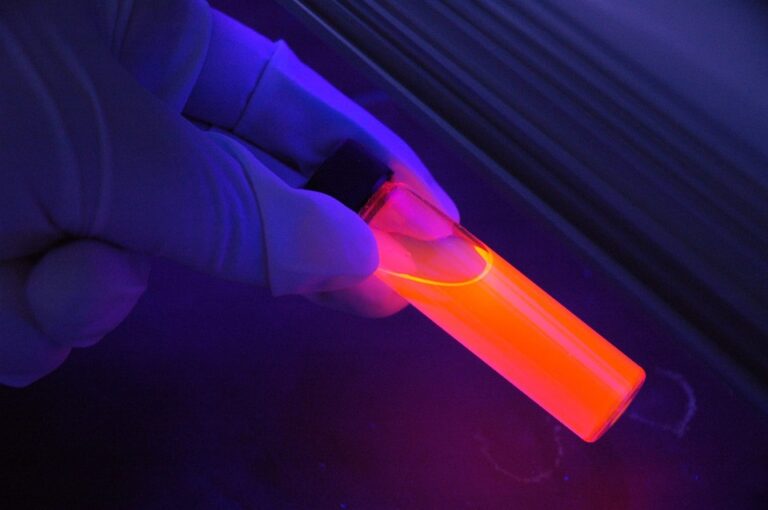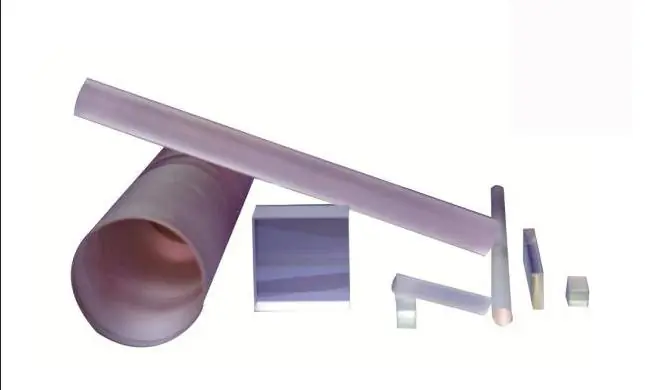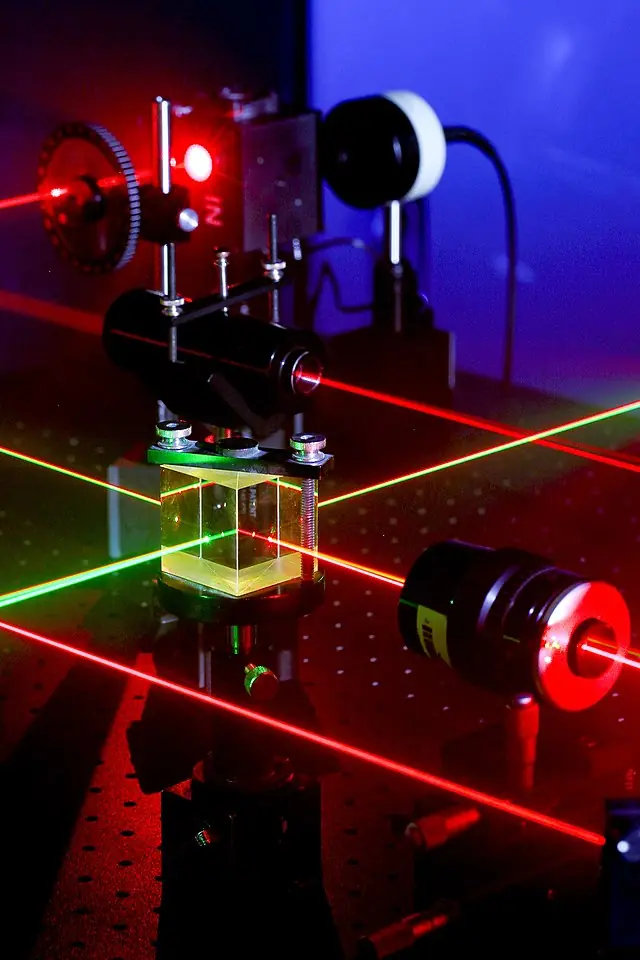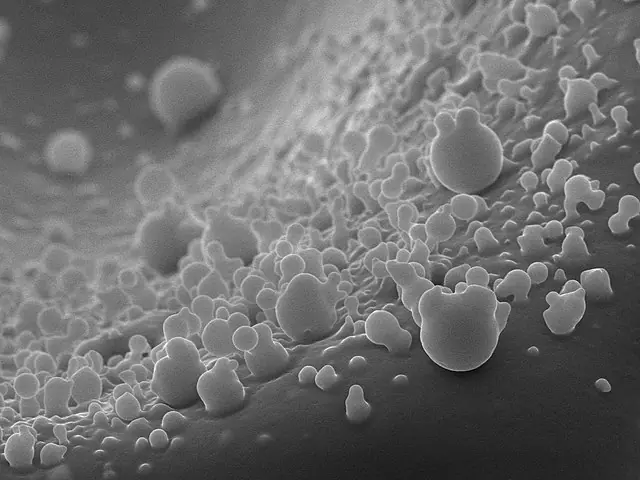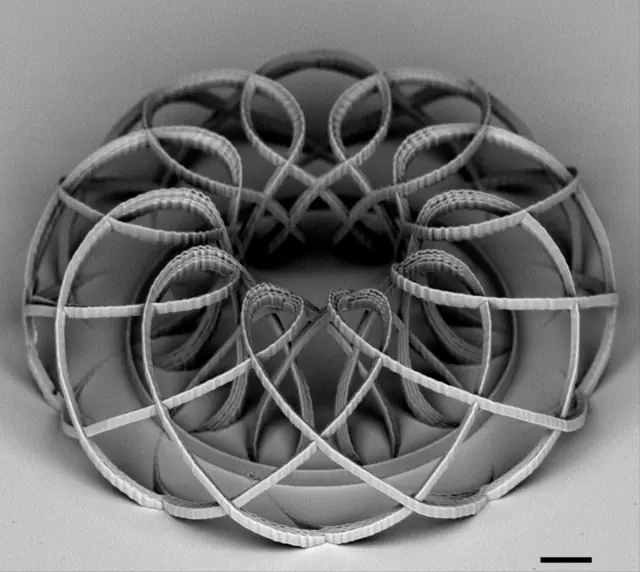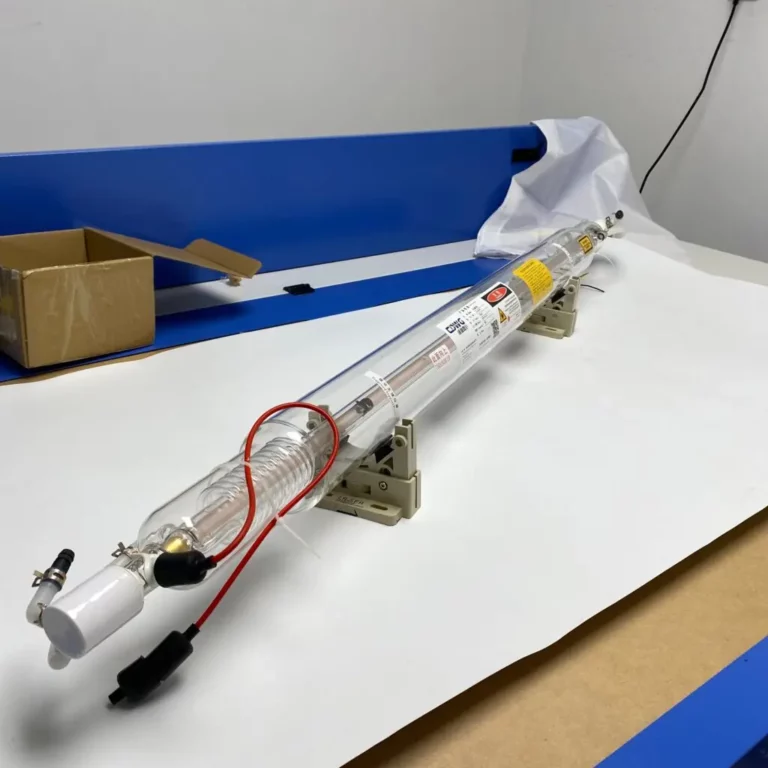Helium Neon Lasers
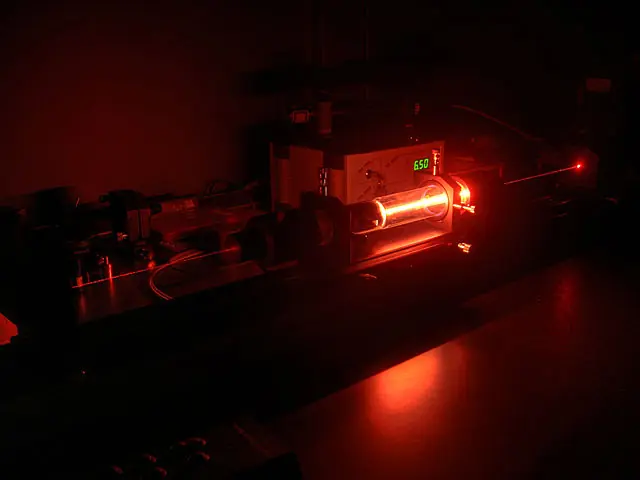
A helium–neon laser is a gas laser using helium and neon as the active medium. The output of a helium–neon laser is a coherent beam of visible light with a wavelength of 632.8 nm, which is in the red region of the visible spectrum. Helium–neon lasers are used for industrial, scientific, and medical purposes. They can be found in equipment ranging from old barcode scanners and holography.
The first helium–neon laser was built by Ali Javan and colleagues in 1960. Javan was awarded the Nobel Prize in Physics in 1973 for his work on lasers.
The output of a helium–neon laser is monochromatic, meaning it consists of a single wavelength. This is in contrast to other types of lasers, which can emit multiple wavelengths (polychromatic light). The monochromaticity of helium–neon lasers makes them useful for applications that require a very specific wavelength of light, such as Raman spectroscopy and interferometry.
The output of a helium–neon laser can be either continuous-wave (CW) or pulsed. CW lasers emit a constant stream of light, while pulsed lasers emit light in short bursts. Pulsed lasers are typically used for applications that require a very high intensity of light, such as laser surgery.
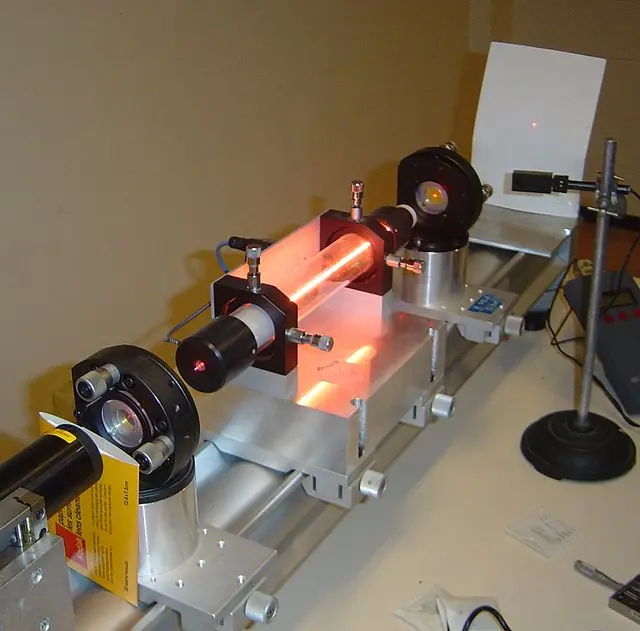
Helium–neon lasers are relatively inexpensive and easy to maintain, making them a popular choice for many applications. However, they are not as powerful as some other types of lasers, such as argon-ion lasers.
Helium–neon lasers are also used for educational purposes, such as demonstrating the principles of laser operation and interference.
The main disadvantages of helium–neon lasers are their relatively low power and high voltage power supplies. However, these disadvantages are offset by the lasers’ low cost and easy maintenance.

